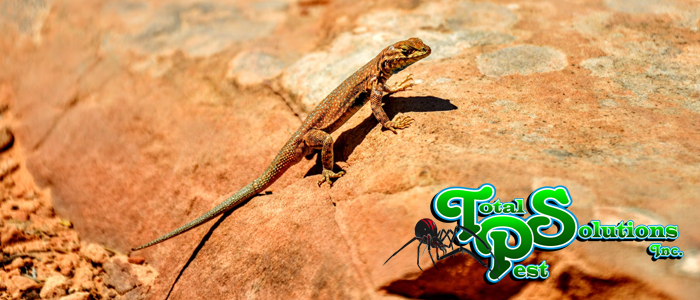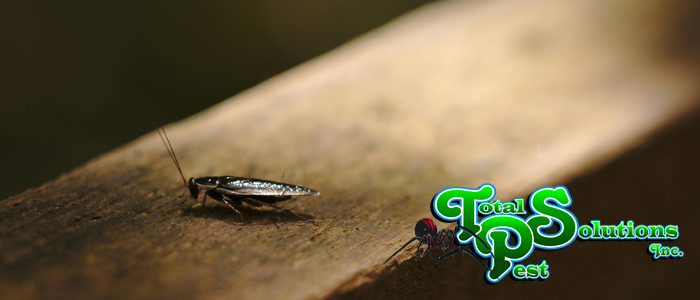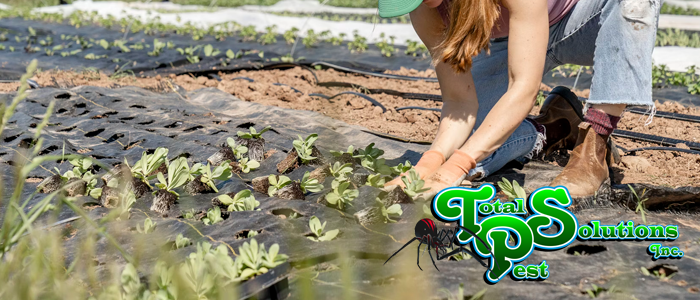
Social stinging insects such as wasps, bees, and hornets are all an essential part of the ecosystem. They serve as pollinators and population regulators of other insects, which can be harmful in their own ways. When their nests in or around our homes, they can cause costly damage and even pose a health risk to the people living nearby. Stinging insects send more than half a million people to the emergency room each year. The danger posed by these insects to our property and wellbeing makes it essential to know how to tell them apart from one another. An easy way to do this is based on their bodies and the nests they build.
Bald Faced Hornet
These insects get their name from the primarily black and white color of their bodies, predominantly black with a mostly white face. Their colonies consist of up to four hundred individuals and are most active during the day. These insects appear late in the summer and will build a new nest every year. Their nests are gray and extensive, ranging from 15 to 24 inches in diameter, and are closed off. Their nests are some of the most impressive stinging insect nests, and when found abandoned, can make a fine trophy for collectors of those sorts of things. These insects are fiercely territorial, however – Moreso than many other stinging insects. They can also sting repeatedly thanks to a smooth stinger which delivers a constant supply of venom. Painful red stings swell up, itch, and hurt for around 24 hours.
Yellowjackets
Several species of yellowjackets inhabit the United States, and all of them have a yellow and black heads with elaborately patterned abdomen. These insects live in massive colonies of up to 4000 individual workers and reuse the same nest year after year. They feed on much of the same foods humans do, especially meats and sweets, and are a nuisance to outdoor diners. These insects can travel hundreds of feet from the nest, which can be built aboveground in trees, buildings, or underground. While not as aggressive as bald faced hornets, yellowjackets are still territorial and will sting if they feel their nest is threatened. Like bald faced hornets, which they resemble, they have a smooth stinger that can sting repeatedly.
Mud Dauber Wasp
Several species of solitary wasp called mud daubers due to the way they construct their nests out of dried mud which is gathered and applied on flat, out-of-the-way surfaces. These insects feed on nectar, honeydew, and spiders. Their nest is often filled with live spiders that the wasp’s venom has paralyzed, and they are locked in a cell within the nest with a single larva. The larvae will hatch and eat the paralyzed spider alive. Their nests resemble tubes stacked side by side and are usually found under porches or other sheltered spaces. They are much less aggressive than other stinging insects, but will still sting if handled or provoked.
Paper Wasp
These social insects get their names from the paper-like material made of wood pulp to construct their nests. Their body shape is similar to a yellowjacket, but they are primarily brown and more slender, with reddish wings. They eat nectar and soft bodies, such as flies and caterpillars, and live in tiny colonies. They are sometimes called umbrella wasps due to their nests’ shape, which have open, uncovered cells where eggs are laid. These wasps are not aggressive by nature, but they will still sting if provoked or the nest is threatened. Sting sites typically form a red, swollen bump.
Giant Water Bug
While these are neither wasps nor social insects – Or technically stinging insects – These can still occupy some of the same areas as these social insects, mainly mud dauber wasps. In low, shallow freshwater bodies, these insects occupy areas around grasses and should never be handled. Compared to all other insects on this list, bites are rare, but the pain delivered by their large conical mouth part is medically significant and typically requires a visit to the emergency room. These insects are enormous, shaped like a shield, around the size of a credit card. They tend to stay in the water – But they can fly and are attracted to light. It is better to go elsewhere if even one of these insects is spotted, as they are aggressive. Also called the toe biter, they should always be avoided.
continue reading
Related Posts
How to Get Rid of House Lizards Without Killing Them
What They Don’t Tell You About Gardening in Florida Florida






